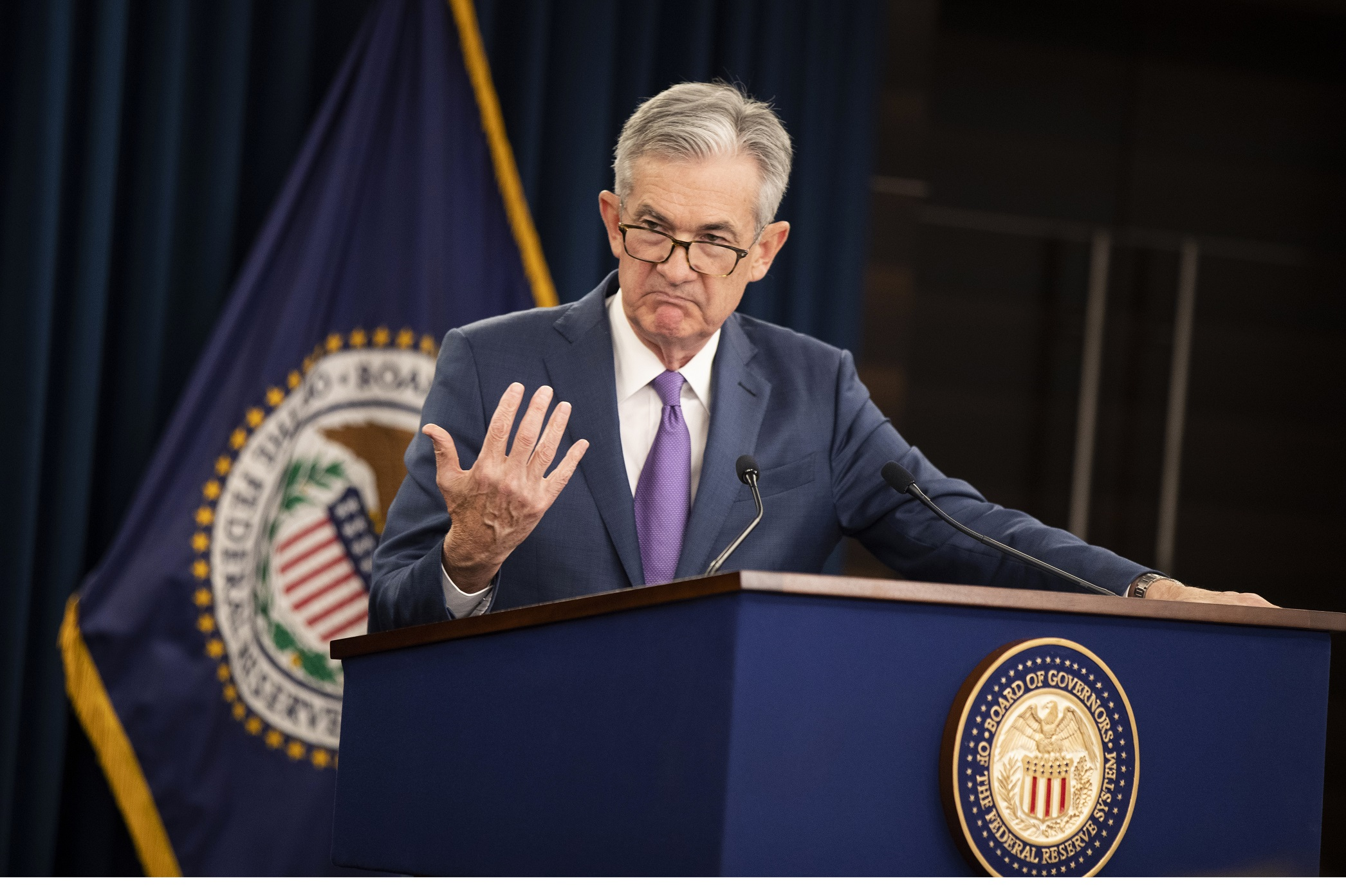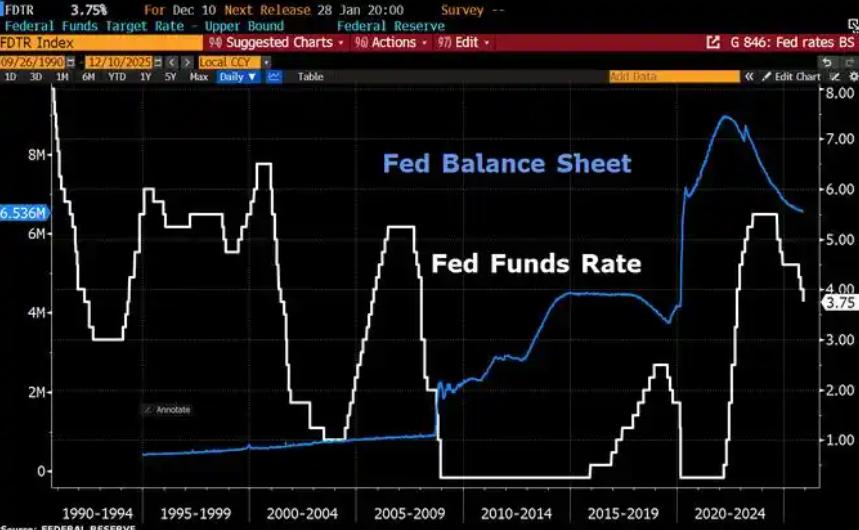
Two weeks ago, US Treasury Secretary Janet Bessent was still making a high-profile prediction that the Federal Reserve would cut interest rates by 50 basis points in September and declared that the benchmark interest rate should be significantly reduced by 150 to 175 basis points. However, the July PPI data released this week dealt a heavy blow to the market - the producer price index soared by 0.9% month-on-month, marking the biggest increase since June 2022. Among them, service prices soared by 1.1%, commodity prices rose by 0.7%, and vegetable prices, with an astonishing increase of 38.9%, shattered the illusion of "inflation under control".
Data from the U.S. Bureau of Labor Statistics on August 14th showed that the sharp rise in the PPI in July was not driven by a single factor. Service inflation contributed more than 75% of the overall increase, trade service profit margins jumped by 2.0%, and wholesale prices of machinery and equipment soared by 3.8%.
These figures directly point to the consequences of the Trump administration's tariff policy. In the commodity sector, the price of diesel fuel rose by 11.8%, and the price of meat increased by 4.9%, exposing the vulnerability of the supply chain. What is even more worrying is that the core PPI (excluding food, energy and trade services) rose by 0.6%, marking the largest increase since March 2022. The divergence between producer prices and consumer price indices indicates that the CPI will face upward pressure in the future.
In the face of data shock, contradictory signals have emerged within the Federal Reserve. Chicago Fed President Goursby acknowledged that tariffs have raised "stagflation concerns", while emphasizing that if the job market deteriorates significantly, interest rate cuts will be an inevitable choice. Treasury Secretary Bessent has continued to pressure the Federal Reserve, saying that "interest rates are currently too restrictive," and even asserted that if the revised employment data had been seen earlier, "the Federal Reserve might have cut interest rates in June and July." This stance of political figures openly interfering in monetary policy has raised concerns about the independence of central banks. Meanwhile, the employment market data has been continuously revised downward - the Bureau of Labor Statistics significantly reduced the employment figures for May and June by 258,000 in early August, providing limited ammunition for the interest rate cut camp.
Wells Fargo pointed out that the core of this policy framework adjustment lies in the transformation of risk balance: from being dominated by "low inflation risk" after the global financial crisis to paying more attention to the inflation threat brought about by supply-side shocks. The new framework may abandon the goal of defining "full employment" as "broad and inclusive". This change means that the Federal Reserve will pay more attention to inflation control, even if it may lead to a cooling of the job market.
The market expects a 25 basis point interest rate cut in September, October and December respectively. However, historical experience shows that after Powell's six Jackson Hole speeches, the S&P 500 index has adjusted five times. Jackson Hole's podium has witnessed many turning points in the history of the Federal Reserve, but this time it might be the most awkward. On one hand, there is political pressure from the finance minister publicly calling for a 150-175 basis point interest rate cut; on the other hand, there is the economic reality that the PPI has recorded its largest increase in three years. On one side, there is the market's longing for loose policies; on the other, there is the stubborn resistance to sticky inflation.
As the Trump administration was intensively screening 11 candidates for the Federal Reserve chair, Powell's farewell performance was like a meticulously arranged farewell ceremony - seemingly solemn and decent on the surface, but behind it was the slow fading of the independence of US monetary policy.

Since 2022, the Fed has cumulatively reduced its balance sheet by $2.4 trillion through quantitative tightening (QT) policies, leading to a near depletion of liquidity in the financial system.
Since 2022, the Fed has cumulatively reduced its balance sh…
On December 11 local time, the White House once again spoke…
Fiji recently launched its first green finance classificati…
Recently, the European Commission fined Musk's X platform (…
At the end of 2025, the situation in the Caribbean suddenly…
The U.S. AI industry in 2025 is witnessing a feverish feast…